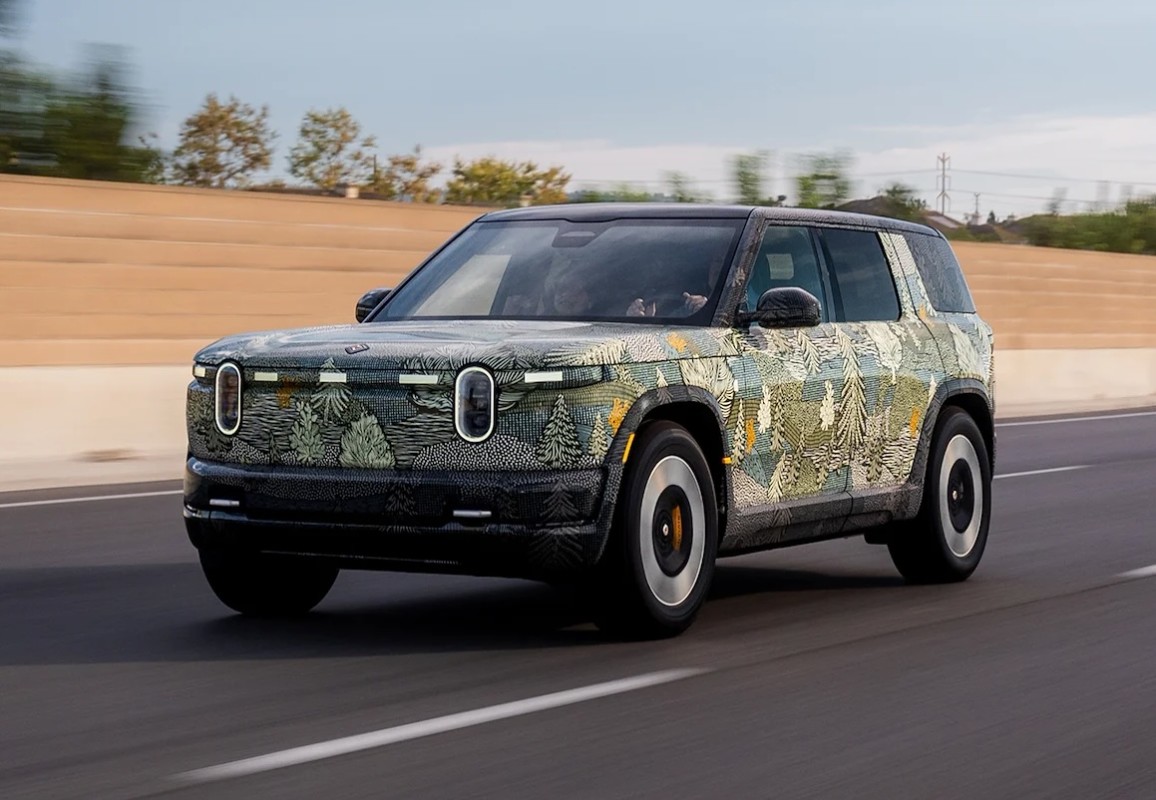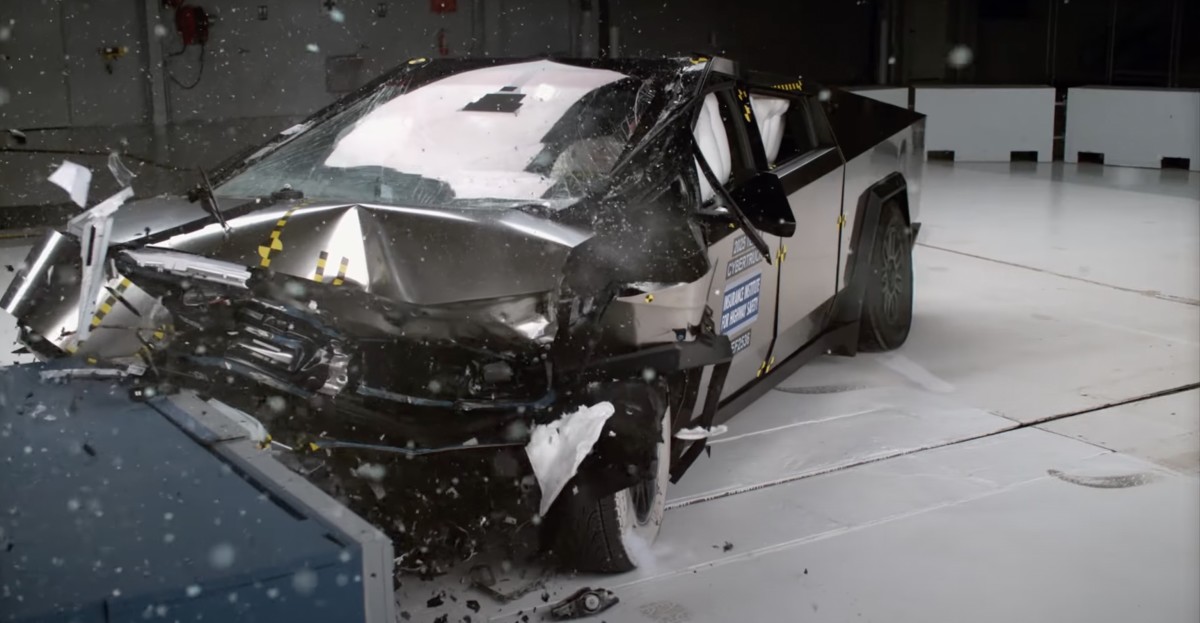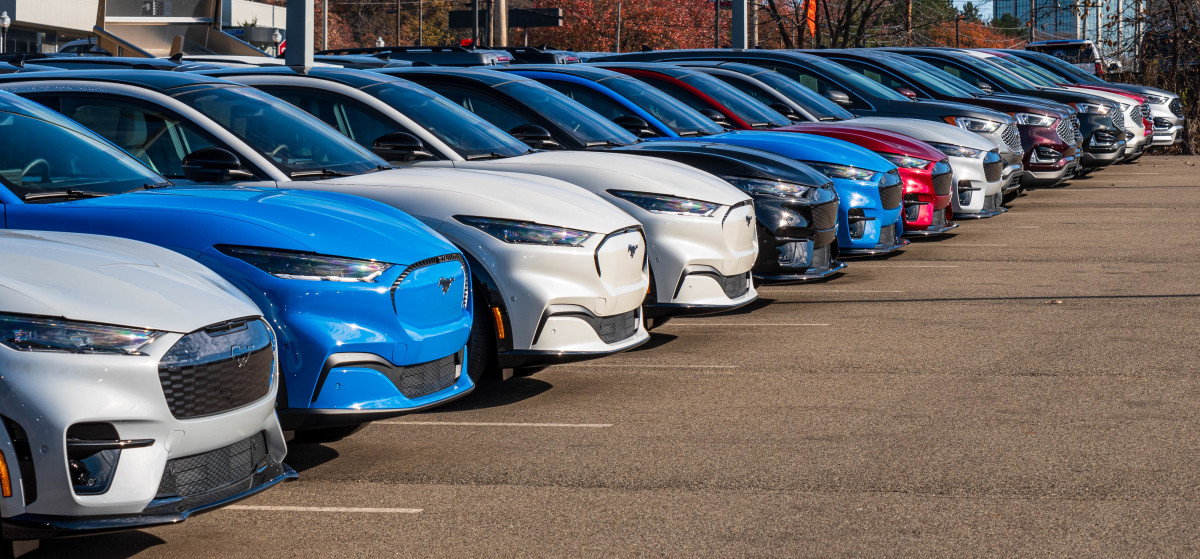A new listing of the 50 most concerning pieces of space debris in low-Earth orbit is dominated by relics more than a quarter-century old, primarily dead rockets left to hurtle through space at the end of their missions.
“The things left before 2000 are still the majority of the problem,” said Darren McKnight, lead author of a paper presented Friday at the International Astronautical Congress in Sydney. “Seventy-six percent of the objects in the top 50 were deposited last century, and 88 percent of the objects are rocket bodies. That’s important to note, especially with some disturbing trends right now.”
The 50 objects identified by McKnight and his coauthors are the ones most likely to drive the creation of more space junk in low-Earth orbit (LEO) through collisions with other debris fragments. The objects are whizzing around the Earth at nearly 5 miles per second, flying in a heavily trafficked part of LEO between 700 and 1,000 kilometers (435 to 621 miles) above the Earth.
An impact with even a modestly sized object at orbital velocity would create countless pieces of debris, potentially triggering a cascading series of additional collisions clogging LEO with more and more space junk, a scenario called the Kessler Syndrome.
McKnight, a senior technical fellow at the orbital intelligence company LeoLabs, spoke with Ars before the paper’s release. In the paper, analysts considered how close objects are to other space traffic, their altitude, and their mass. Larger debris at higher altitudes pose a higher long-term risk because they could create more debris that would remain in orbit for centuries or longer.
Russia and the Soviet Union lead the pack with 34 objects listed in McKnight’s Top 50, followed by China with 10, the United States with three, Europe with two, and Japan with one. Russia’s SL-16 and SL-8 rockets are the worst offenders, combining to take 30 of the Top 50 slots. Here’s the Top 10:
- A Russian SL-16 rocket launched in 2004
- Europe’s Envisat satellite launched in 2002
- A Japanese H-II rocket launched in 1996
- A Chinese CZ-2C rocket launched in 2013
- A Soviet SL-8 rocket launched in 1985
- A Soviet SL-16 rocket launched in 1988
- Russia’s Kosmos 2237 satellite launched in 1993
- Russia’s Kosmos 2334 satellite launched in 1996
- A Soviet SL-16 rocket launched in 1988
- A Chinese CZ-2D rocket launched in 2019
via Wired Top Stories https://www.wired.com
October 6, 2025 at 12:28PM




